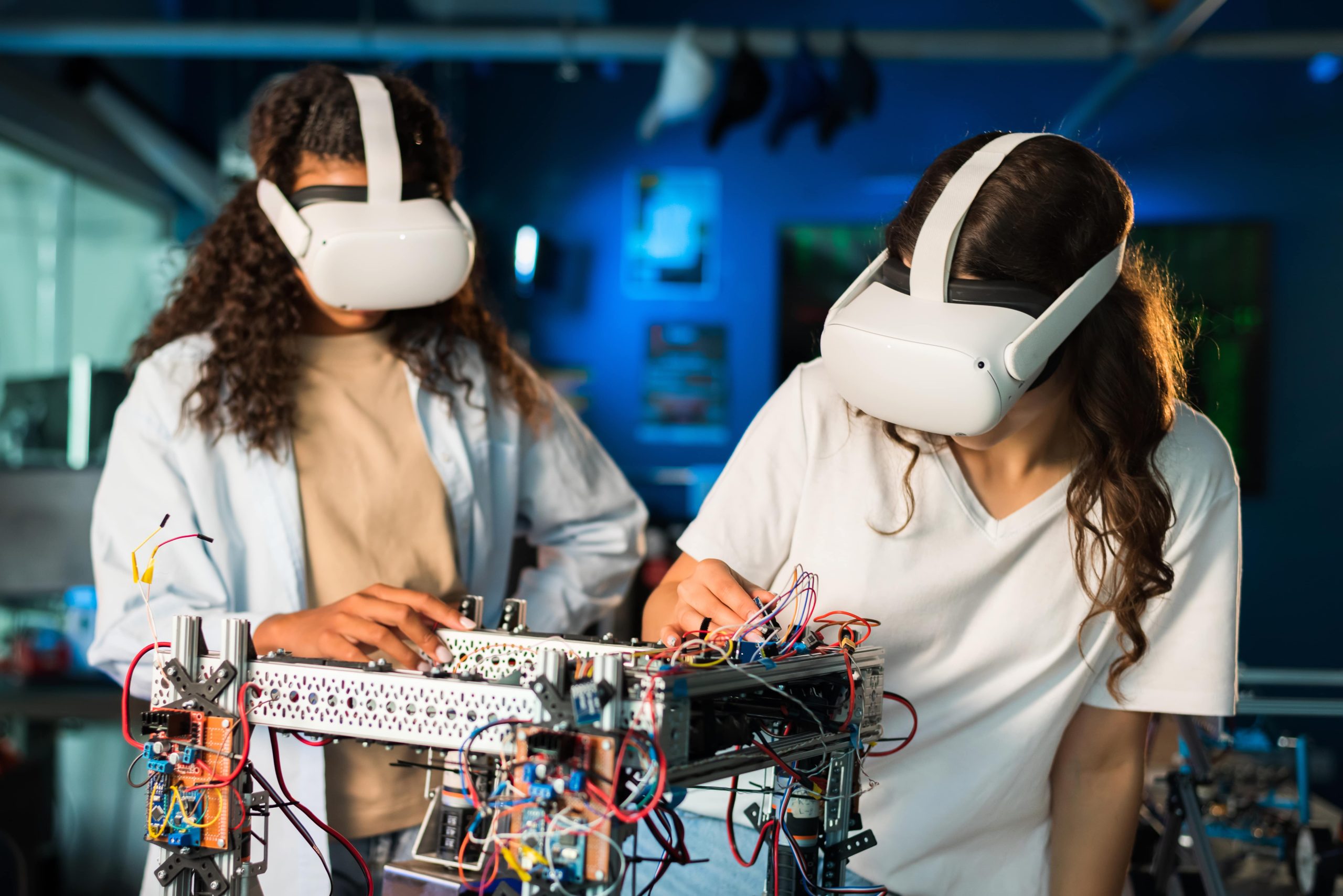
Robotic swarms are the new standard in the field of robotics. Robotic swarms use collective intelligence to accomplish complicated tasks, mimicking the behavior of social insects such as bees and ants. Robotic swarms are the subject of this article, which investigates the theory behind their ability to work together, the many fields in which they have found use, and the ways in which they might change the face of business and solve problems.
Exploring Swarms of Robots:
Robotic swarms are groups of unmanned aerial vehicles (UAVs) that cooperate to complete an objective. The swarms' ability to communicate and coordinate their movements allows them to do jobs more effectively and adapt to changing circumstances, in contrast to conventional robots that function as individual entities. Natural instances of group behavior, in which different parts work together for the greater good, served as inspiration for this method.
Collaborative Intelligence Principles:
Individual robots in a robotic swarm make choices depending on data collected locally and how they interact with their immediate environment; this kind of control is common in robotic swarms. Being able to scale up or down depending on the needs of the swarm is made possible by this.
Robotic swarms rely heavily on communication. Robots share data on their location, status, and surroundings using wireless communication protocols. The swarm is able to react to changes in its environment, avoid collisions, and coordinate its motions because of this.
The real strength of robotic swarms comes from emergent behavior, which is the sum of individual robots' activities that produces a group-level output that could be more complex than what any one robot could do on its own. Because of this emergent behavior, swarms are able to efficiently and resiliently take on difficult jobs.
Robotic swarms have many potential uses:
Rescue Operations: Deploying robotic swarms in disaster-stricken regions may help find survivors and evaluate damage levels. Search and rescue missions are made more successful by their capacity to cover vast regions rapidly and operate together.
Robotic swarms have several potential applications in precision agriculture, including crop monitoring, soil condition assessment, and the application of precise sprays or seeds. More efficient and environmentally friendly farming methods are made possible by this.
Environmental Monitoring: Sensing swarms of robots can keep tabs on different ecosystems' conditions. Some examples of this include monitoring pollution levels, examining weather trends, and keeping tabs on animals.
Logistics and Manufacturing: Robotic swarms may improve production processes in logistics and manufacturing by working together to assemble components or manage inventories in warehouses. They excel in fast-paced industrial settings because to their versatility and agility.
Defense & Military: The military may use robotic swarms for a variety of missions, including reconnaissance, surveillance, and unmanned vehicle coordination. In uncertain and ever-changing situations, their decentralized character gives them a strategic edge.
Difficulties and Possible Ways Ahead:
There are still obstacles to overcome, despite the enormous promise of robotic swarms. Reliability of communication, swarm coordination, and ethical concerns are all things that must be taken into account. To make robotic swarms more powerful and resilient, scientists are constantly inventing new algorithms and technologies.
In summary:
Harnessing the potential of collaborative intelligence for a broad variety of applications, robotic swarms offer a paradigm leap in the area of robotics. The likelihood of robotic swarms radically altering businesses and problem-solving situations is growing as technology develops and scientists conquer current obstacles. Robotic swarms' ability to work together is opening up new frontiers for automation and robotics in fields as diverse as agricultural innovation and disaster response.
Interested Articles:
Biohacking as the Latest Trends in Human Augmentation
